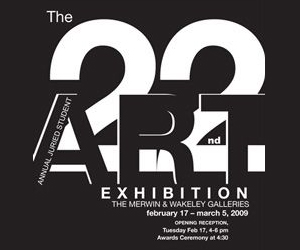
Biennale
March 2012 Issue 8The biennale is the most widespread form of large-scale exhibition in the world today. It has already left the museum behind as the primary venue where an expanding global public can access the current manifestations and debates in contemporary art. Depending on which body of research you consult, there are between 200 and 250 biennales in existence, in varying states of animation and realised at different levels of scale and intensity. But certainly, the number is growing, and while the traditional centres of biennale activity are situated in West Europe, most of the new biennales are located in the global South, in Asia, Africa and Latin America; and in the former Cold-War frontline states of East Europe and the Soviet Union’s successor states.
The biennale has come to be seen as a site for alternative proposals within contemporary art. Often, it identifies itself with the margins, reading them as potent spaces that do not inhabit remote geographies but exist everywhere. Consciously removing itself from the homogenizing tendencies towards a ‘global’ contemporary art – as shaped by the market, art fairs, museums and auction houses – the biennale can be a site of resistance and retains the potential to be global as well as local. This special issue of TAKE dedicated to the biennale as a form, seemed a necessary and important intervention, especially for Indian viewers and readers, who have been overdosed with the controversial rather than the constructive aspects of the biennale phenomenon.
View Index Buy Now







